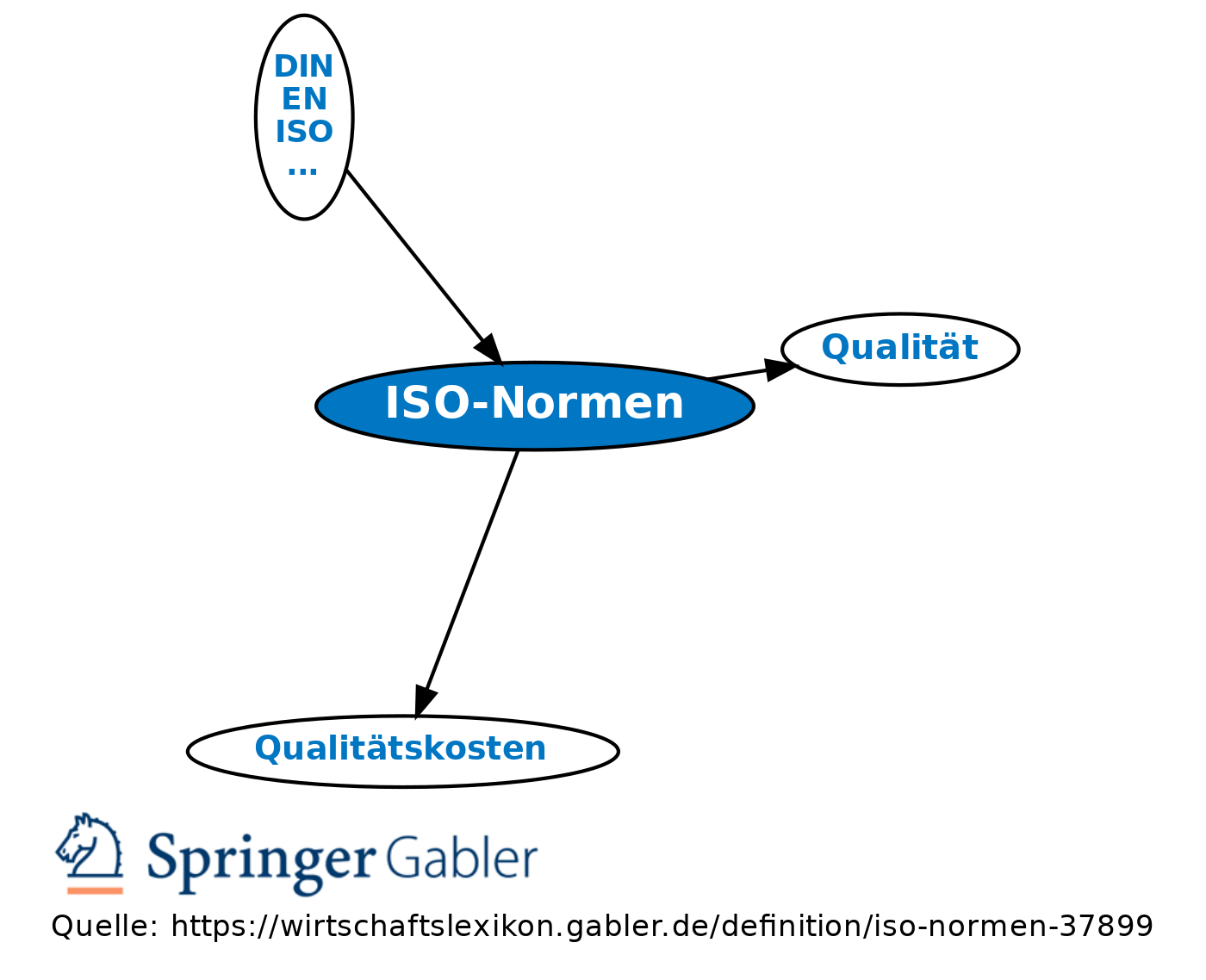

Define iso iso#
Of course, ISO is just one of three exposure variables. So you raise the ISO to brighten up your shots.

I recommend leaving your ISO at its base value (probably ISO 50 or 100), except in three situations:Ī concert is a classic low-light scenario where you need to increase the ISO. Keeping your ISO low maintains image quality but may result in an underexposed or blurry shot.
Define iso how to#
How to use ISO for the best resultsīoosting your ISO gives brighter images as well as noise. But in 2021, you can shoot at ISO 1600 or 3200 and come away with nearly noise-free files, assuming you’re using a full-frame camera with the latest sensor technology, and that you used good exposure technique. A decade ago, ISO 800 may have resulted in huge swathes of noise across your images (depending on your camera). That said, camera sensor technology is always improving. Instead, you keep the ISO low when you can, and you increase the ISO when you must. It’s the reason you can’t just shoot with a high ISO all the time. Yes, you get a brighter image, but you also get increased noise. So raising the ISO, while useful, is part of a tradeoff.
Define iso full#
The high-ISO photo (right) is full of unpleasant noise, whereas the low-ISO photo (left) is completely clean. Note that the exposures are identical (when I boosted the ISO, I raised the shutter speed to keep the brightness levels consistent).Ĭan you see the difference? Look at the middle few petals. The image on the right was shot at ISO 3200, and it’s plagued by unwanted noise. The image on the left was shot at ISO 100, and it’s noise-free.

Just think of ISO as your camera’s sensitivity to light, and you’ll do just fine! ISO and exposure: why ISO mattersīy increasing the ISO, you make your photos brighter.

Technically, it’s not an acronym – the International Organization for Standardization has different names in different languages, so to make things easier, they adopted the shortened “ISO” moniker, designed to be used across all languages.įor the purposes of photography, the name isn’t important. ISO refers to the “International Organization for Standardization.” Note that, while ISO is mostly discussed in a digital context, film cameras use ISO, as well – every roll of film has a particular ISO, or sensitivity, that contributes to the image brightness. And most cameras these days include additional ISOs on the high end of the range, such as ISO 6400, ISO 12800, ISO 25600, and beyond. That said, pretty much every camera offers intermediate ISO values (for instance, ISO 125 and ISO 160 between ISO 100 and ISO 200). The higher the ISO, the more sensitive your camera sensor becomes, and the brighter your photos appear. ISO refers to your camera’s sensitivity to light. ISO might seem like a complex topic, but by the time you’ve finished, you’ll be an absolute master (and you’ll be able to confidently choose the perfect ISO for every shooting situation). In this article, I’m going to answer all of these questions – and more. Mandatory Documents See the mandatory document list for ISO 9001 certification.What is ISO? Why does ISO matter? And most importantly, when should you use a high ISO vs a low ISO for the best image quality? Within this website you will find recommendations for these systems. To achieve certification you must “walk the talk”. Your Quality Management Systems will look different then other organization’s systems. The standard lets you prescribe your systems but you must meet the intent of the standard. It does not put numbers on defect levels or other quality characteristics. The ISO 9001 standard does not determine your company’s quality goals. It requires top level management commitment to achieve the certification. Third party registrars use the standard as a basis for auditing. Your corrective action software for managing, measuring, and reporting issues.ĨD Manager More on the ISO 9001 DefinitionĪs mention above the standard can be used for any type of organization.
Define iso software#
8D Manager Software with 8D, 9D, 5Y and 4M report generator.


 0 kommentar(er)
0 kommentar(er)
